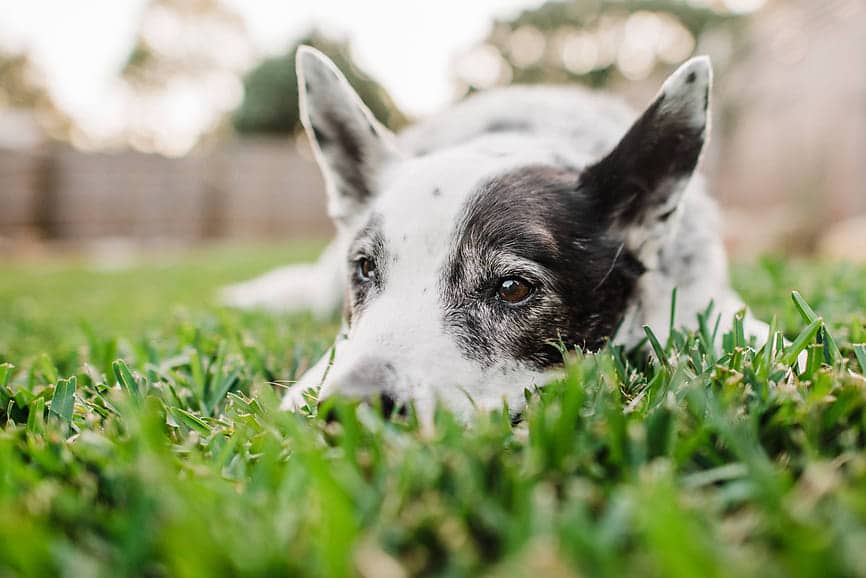Ah, spring! The birds are chirping, the blossoms are blooming, the grass is greening, and the dog? The dog is sneezing every five minutes.
According to Dr. Bryan Gelman, DVM, dogs of all ages and breeds are susceptible to seasonal allergies, just like the rest of us. The uptick in free floating pollen at this time of year can cause our dogs all sorts of discomfort, from itchy paws and runny eyes to irritating skin infections.
We sat down with Dr. Gelman to get the deets on our sneezy best four-legged friends.
What are the signs your dog has seasonal allergies?
Seasonal allergies, also known as environmental allergies or atopy, affect all breeds of dogs and dogs of all ages. Signs can vary greatly, but are best described as an “itchy dog.”
Signs your dog has seasonal allergies include:
- Licking or chewing of the paws
- Chronic ear infections
- Red, runny eyes
- Chronic skin infections. Atopy is normally seasonal, but as the disease worsens, can become year round.
How do canine seasonal allergies compare to human seasonal allergies? Is it worse for them when it’s worse for us?
Symptoms can be similar, but generally the severity of symptoms correlate with the amount of exposure to the underlying allergen. So in short, if you are having a bad allergy day and you and your pup are allergic to the same things, then yes, allergies might be as bad for them as they are for you.
Another similarity between dog…












